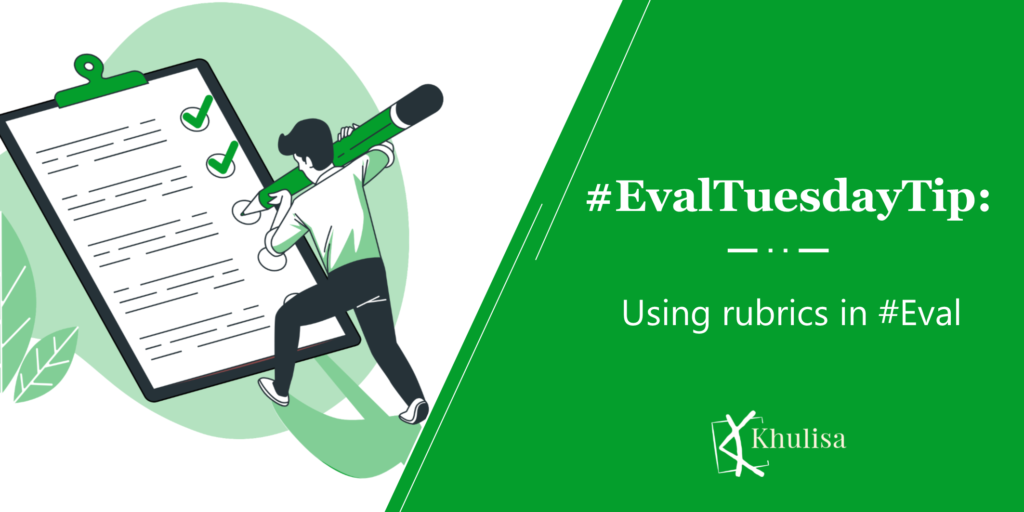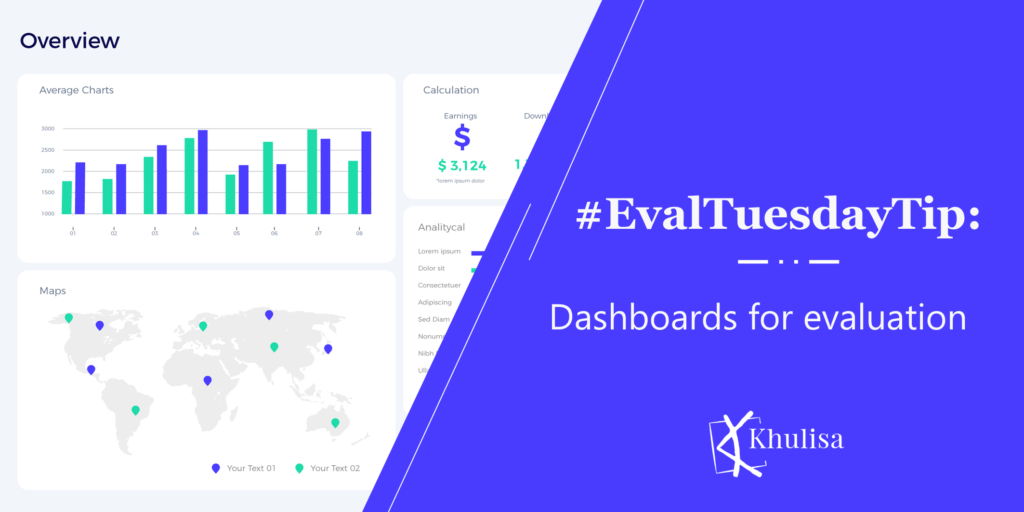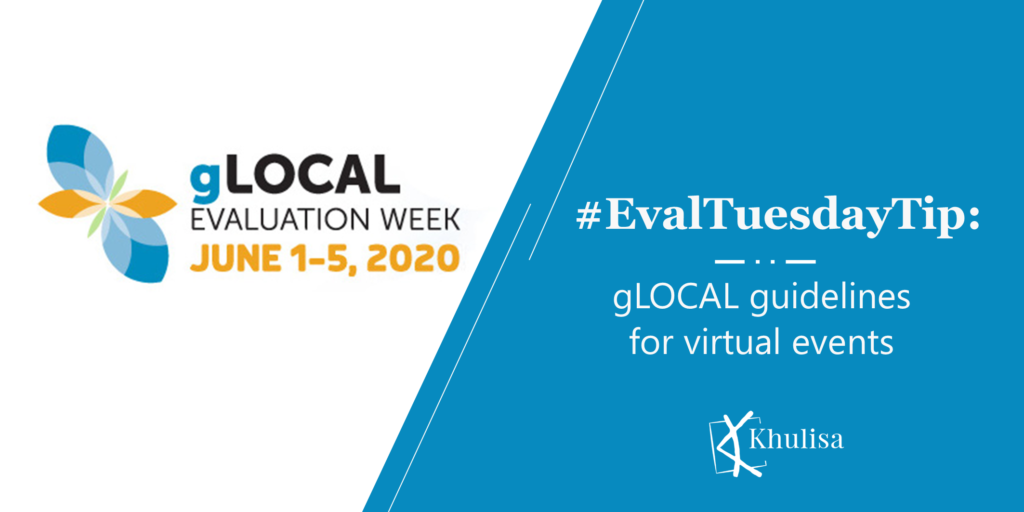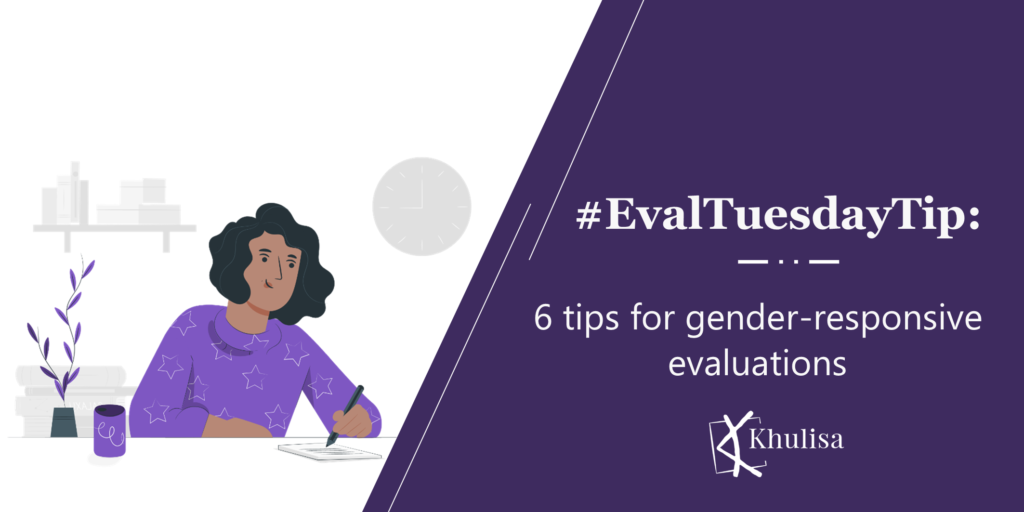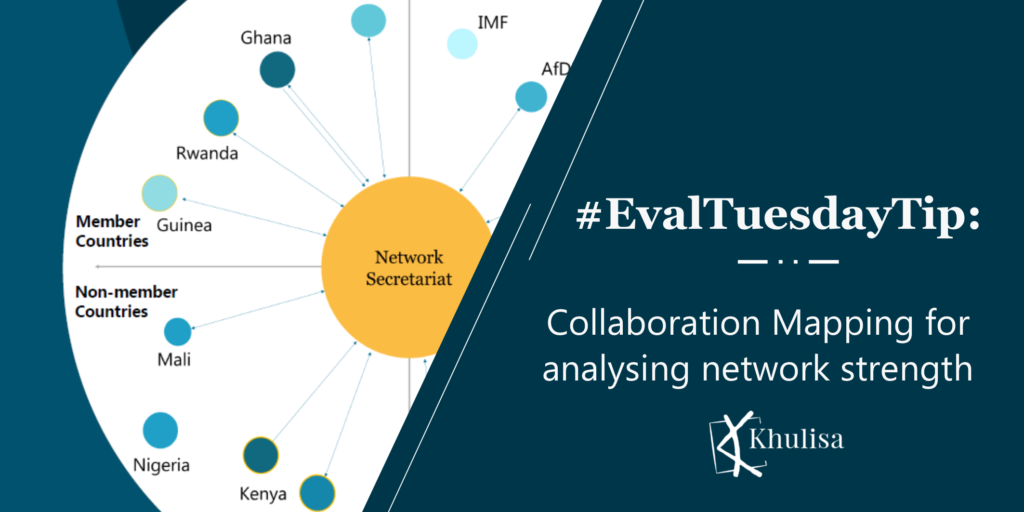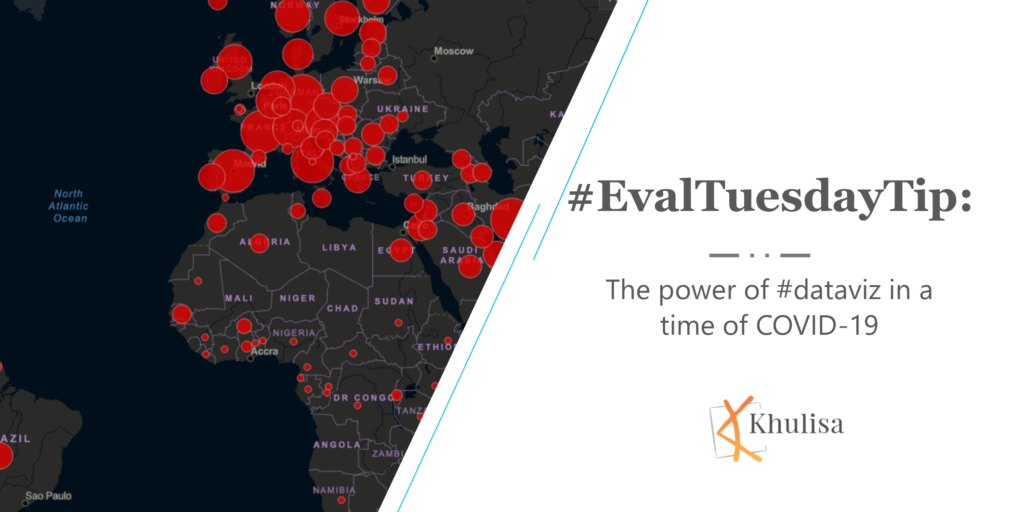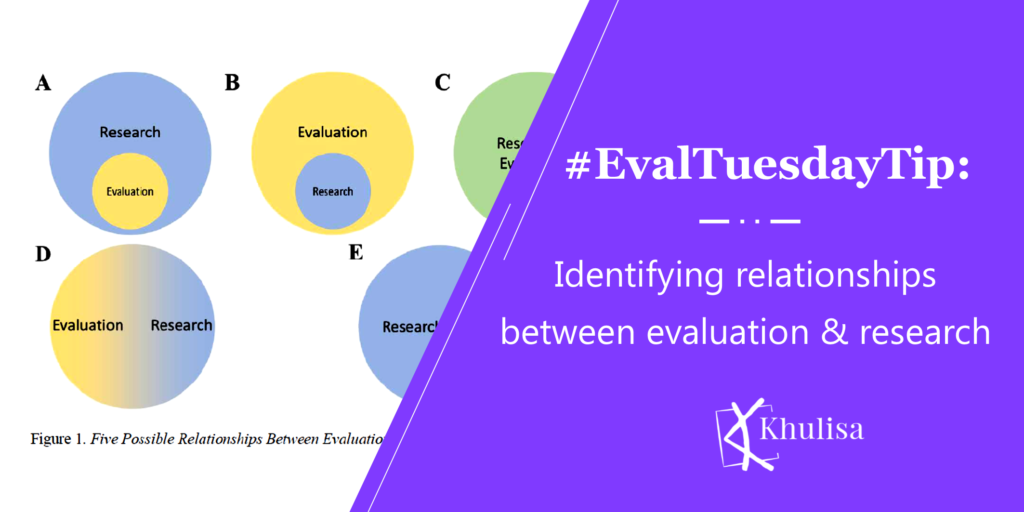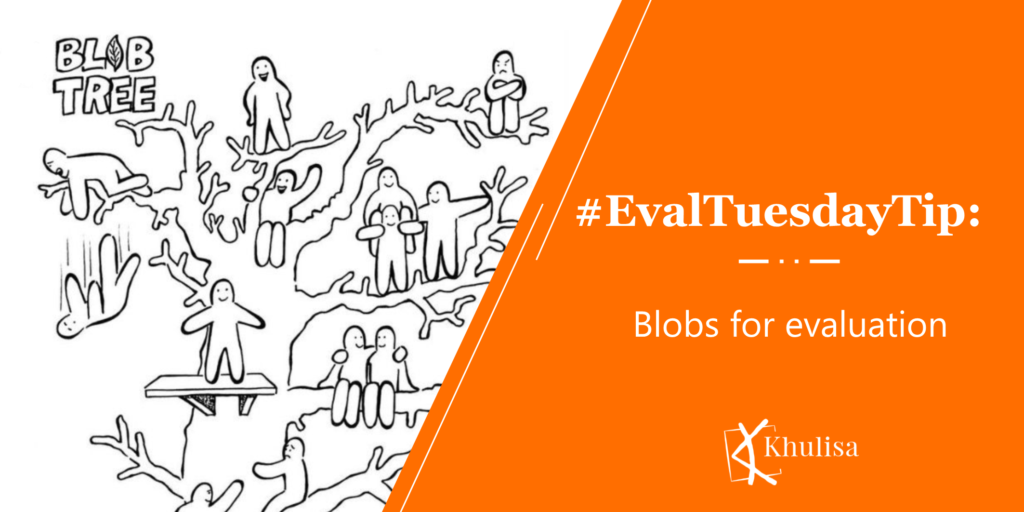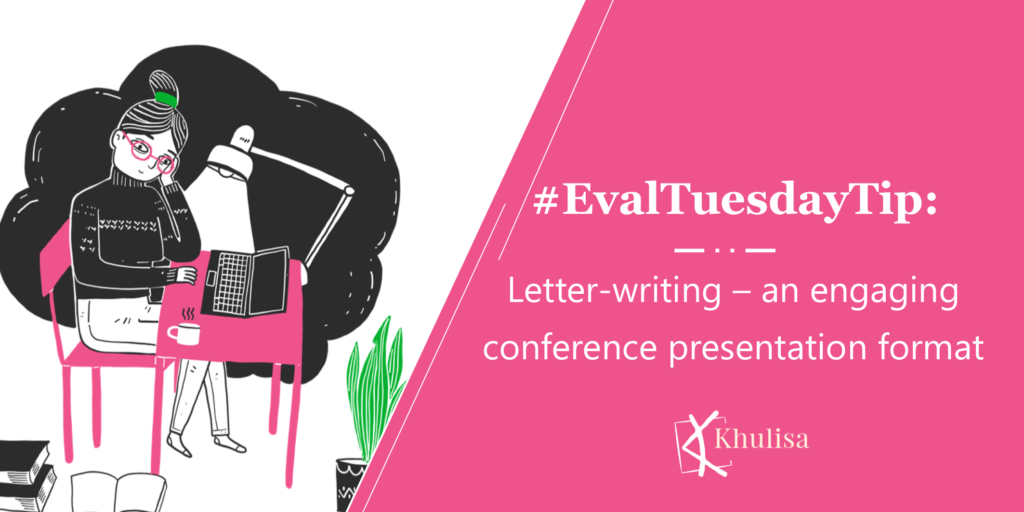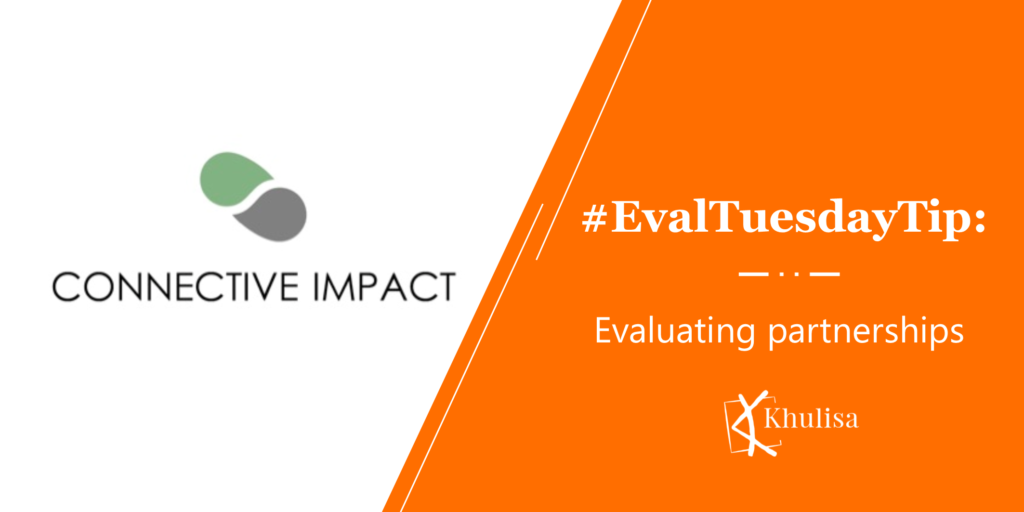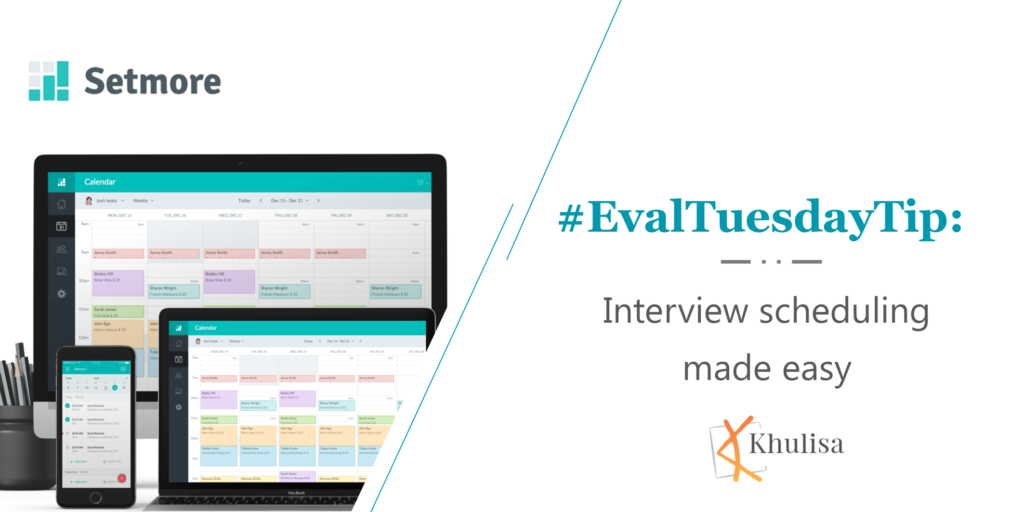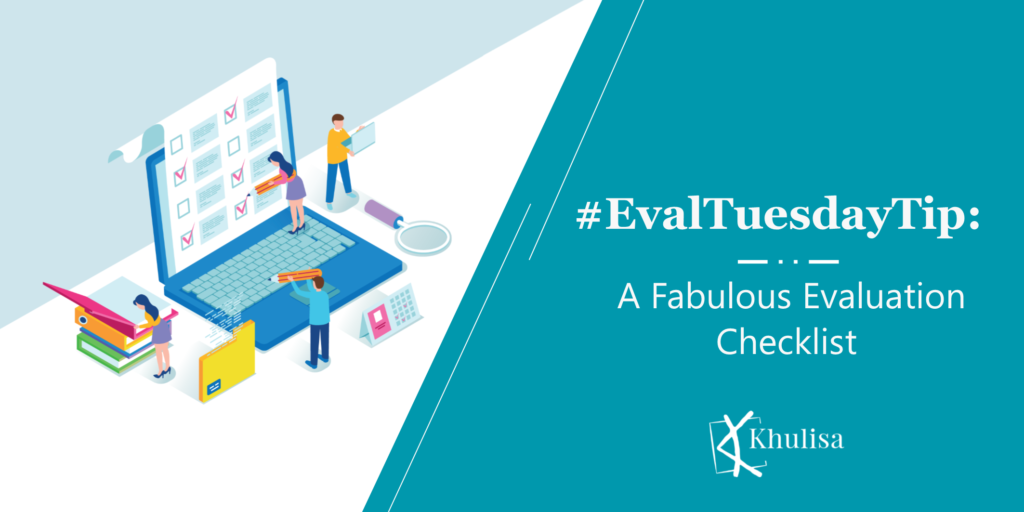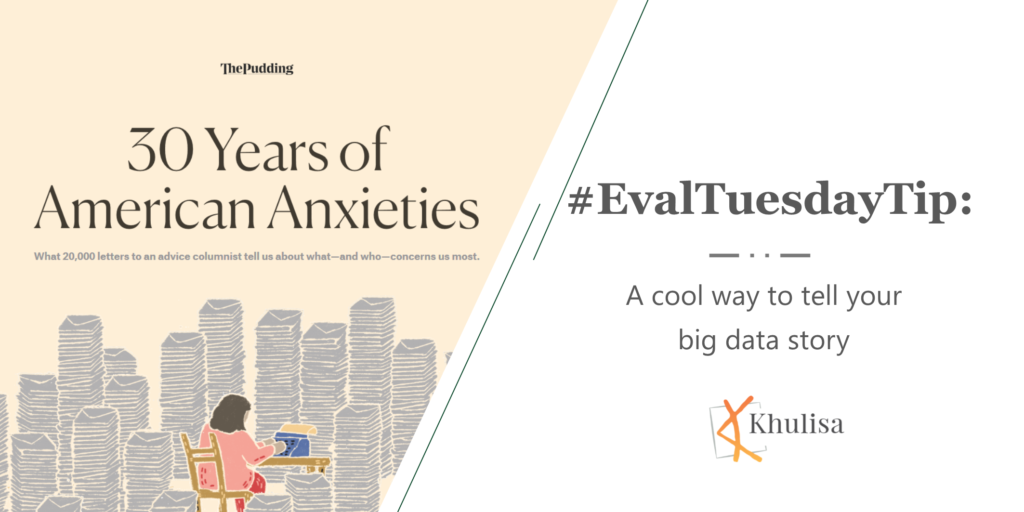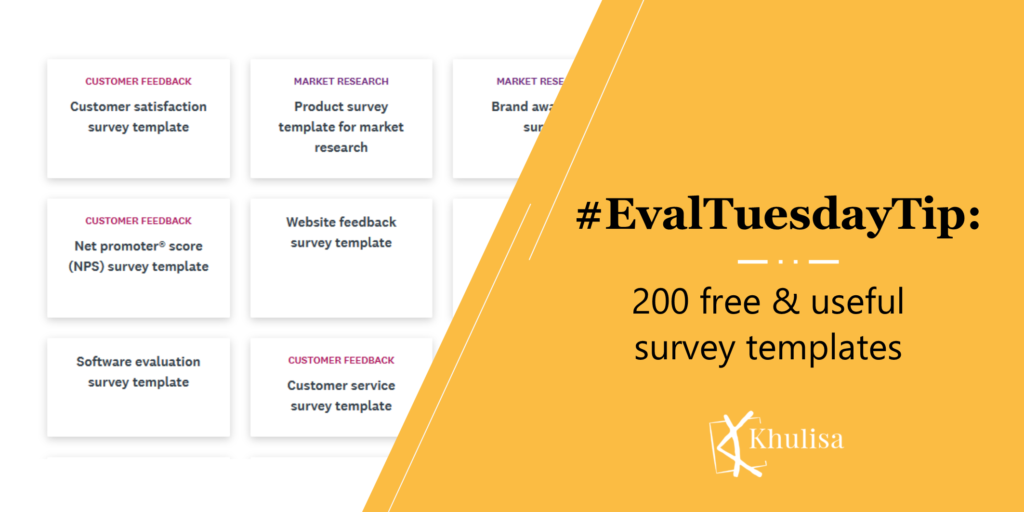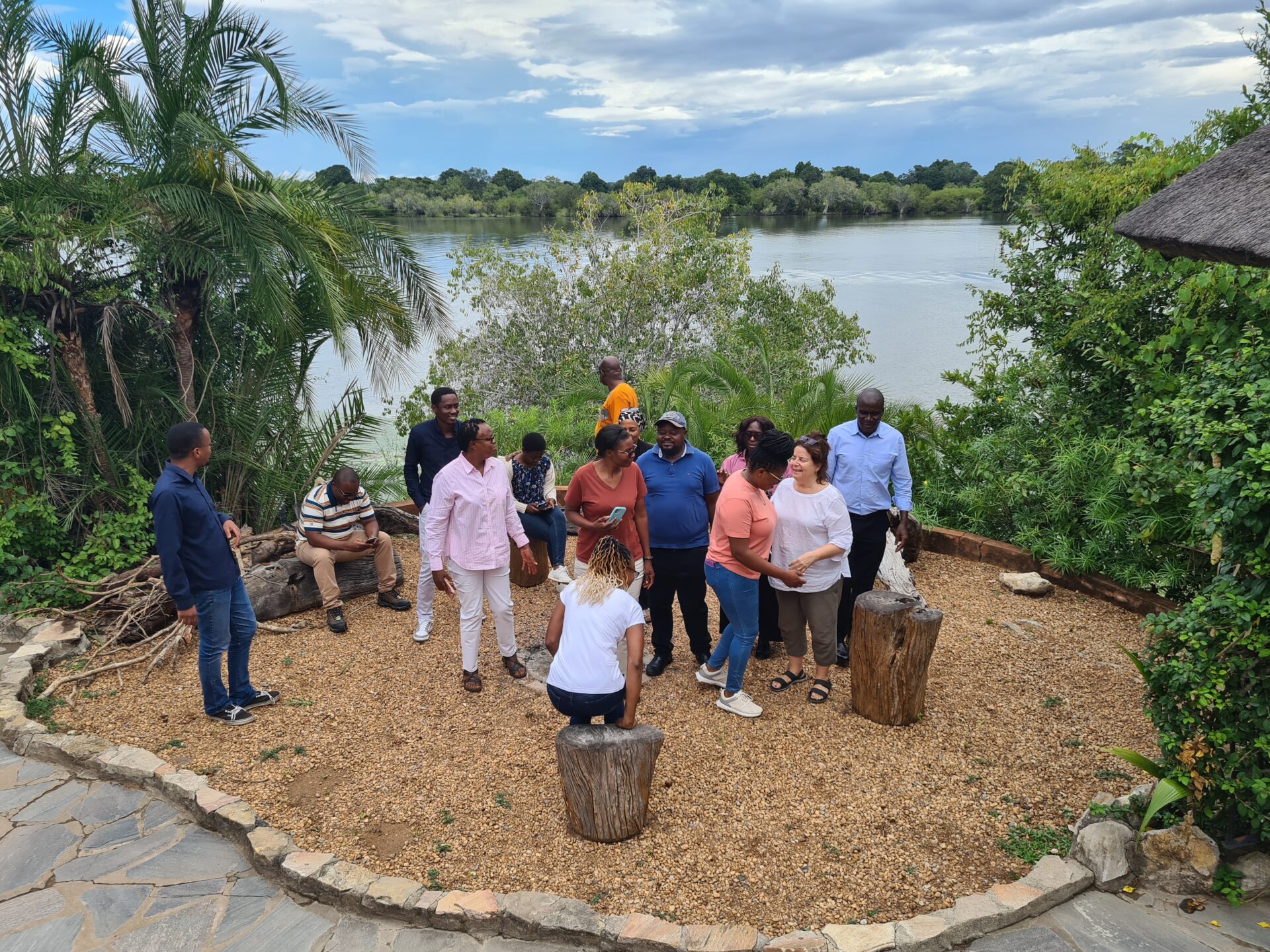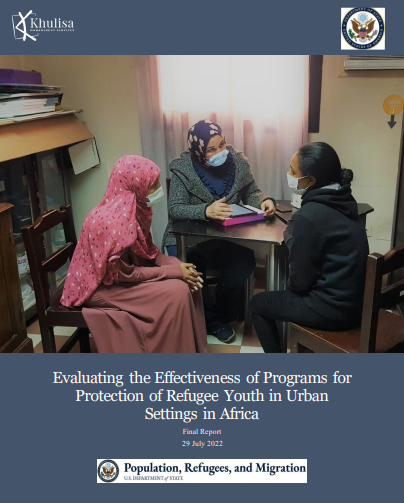In November 2017, Khulisa introduced a new initiative to help us be more diligent about posting regular thought leadership content on our website.
We decided on a dedicated day, a recognizable hashtag and something quick and easy to keep the posting momentum going. And so, our weekly #EvalTuesdayTip was born: a brief and catchy weekly hack for evaluation professionals.
In August, this almost three-year initiative reached a milestone: we posted 150 #EvalTuesdayTips online! Since all good things must be evaluated, we decided to dig into some Google analytics, and review the hits and misses of our weekly posts.
A ‘content culture’ of learning & sharing
Khulisa prioritised thought leadership positioning as critical to our communication strategy. However, before we introduced the #EvalTuesdayTip, the communications team were struggling to encourage staff members to post M&E resources on our internal Yammer channel and get staff to contribute or develop regular thought leadership content.
The introduction of a weekly initiative that forced us to think about thought leadership content in a more disciplined way has instilled a ‘content culture’.
We knew we had to bookmark creative M&E resources or guidelines that we recently read about or used. We also knew, come Tuesday, that we had to share these resources with our colleagues.
The result was that team members started to share M&E resources and guidelines more frequently on Yammer. Over time, the Yammer channel blossomed into an active pool of technical resources, and the enthusiastic sharing of evaluation ideas, tips, tricks, and tools.
Yammer became our mine for #EvalTuesdayTips. At the beginning of each week, we dug into the resources that our evaluators found useful, and turned them into a short tip.
No longer pushing the boulder up the hill
Our original #EvalTuesdayTips were ‘borrowed’ content. We always credit the original source, rewrite them creatively and package them in a visually attractive way. Nonetheless, they do not come from the pen of our evaluators.
Our strategy was to change this over time. Google analytics told us that a long-form original blog performed much better than a tiny tip. We knew we had to start supplementing our sourced content with more original content.
We also knew that blogging takes time, and we were mindful that evaluators are always inundated with deadlines, but we kept pushing. This year, the big boulder that we rolled up the hill since the introduction of our #EvalTuesdayTip in 2017, finally made it to the summit!
Blogging became a more natural part of our internal processes. The below visualization shows the uptake in original content since 2017:

We realize 2020 is an unusual year. Staff had more time on their hands, and reflection in the form of writing seemed like an almost organic by-product of the downtime.
But we were also running out of Tuesday Tips! If you ‘source’ evaluation resources week in and week out, 52 times a year for three years, chances are you’ll get a little thin on content at some point.
The weekly habit of posting compelled us to write more original content. We also started to ‘recycle’ our thought leadership pieces and use some of the key tips and lessons from the blogs as abridged versions in our #EvalTuesdayTips. This way, we gave our blogs more airtime on social media.
The below visualization shows how our thought leadership page views (blogs and #EvalTuesdayTips) grew as a percentage of total page views since 2017.
| YEAR | % of page views from thought leadership content |
| 2017 (Jan to Dec) | 2.06% (1,203 of 58,296 page views) |
| 2018 (Jan to Dec) | 2.57% (1,528 of 59,485 page views) |
| 2019 (Jan to Dec) | 4.19% (3,848 of 91,926 page views) |
| 2020 (Jan to Sept) | 4.85% (1,981 of 40,832 page views) |
In 2020, thought leadership is one of the top five most visited pages on our website (after the home page, recruitment opportunities, our work and ‘about us’). This wasn’t always the case.
Dynamite in a small package
If we were only after clicks and nothing else, our initiative probably did not make the grade. Our page views for our 10 most popular #EvalTuesdayTips were in the 150-300 range for number of clicks per tip. The initiative surely did not drive mass audiences to our site. (In comparison, our two most popular long-form blogs about the Khulisa M&E Course and Demystifying M&E had 1,800 and 3,400 hits respectively).
Considering that evaluators are part of a niche community we don’t think an average of 300 clicks per tip is low either. Two engagement metrics (bounce rate and time-on-page) tell us that those who did visit our tips, found them interesting and useful. Visitors lingered long, and often clicked to other parts of our website.
In summary, we celebrate the introduction of the weekly #EvalTuesdayTip for making content posting an easier, more natural part of our communications routine. We no longer fret about what to post. Thought leadership page views grew substantially on our website, team members share resources regularly and took to blogging to create more original content for our site. In short: we now have a content culture instilled at Khulisa.
We can perhaps not attribute this solely to the weekly #EvalTuesdayTip, but as Charles Duhigg wisely said in the Power of Habit: “Small wins are exactly what they sound like, and are part of how keystone habits create widespread changes.”
There is something to say about doing something repeatedly, over time, to help you see small changes. The humble #EvalTuesdayTip may just have been the habit that created the shift.


